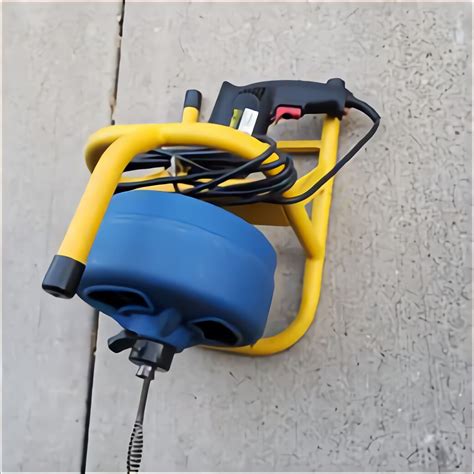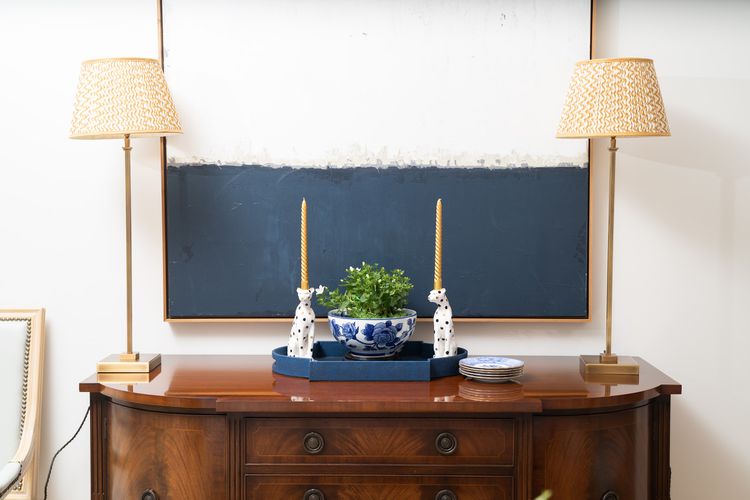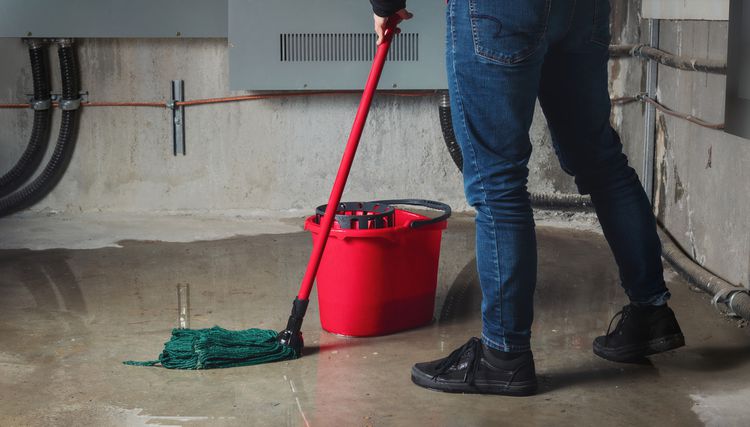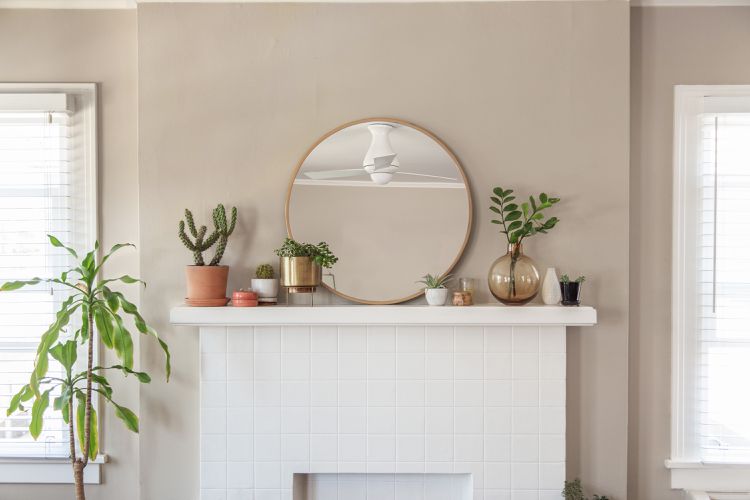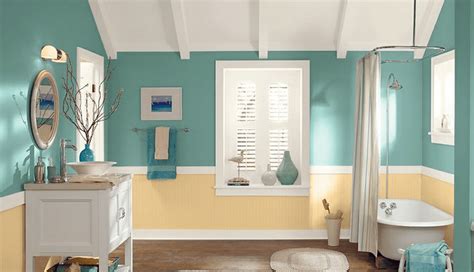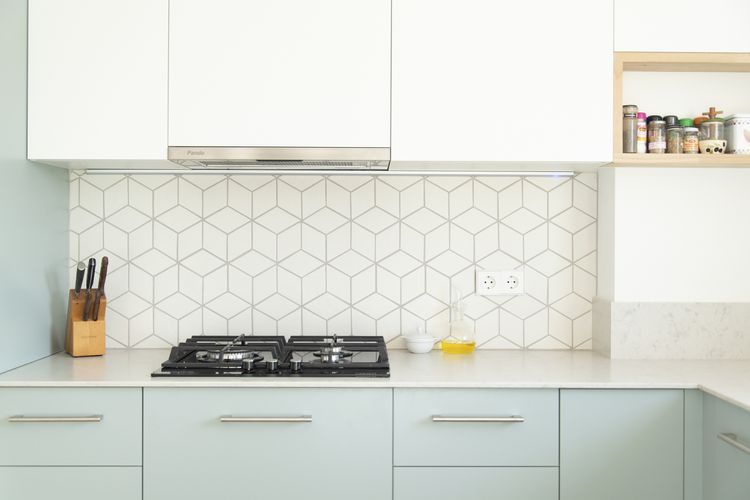With more than twenty years of practical experience in renovating, repairing, and enhancing residences, Lee has been offering home improvement guidance for many years.
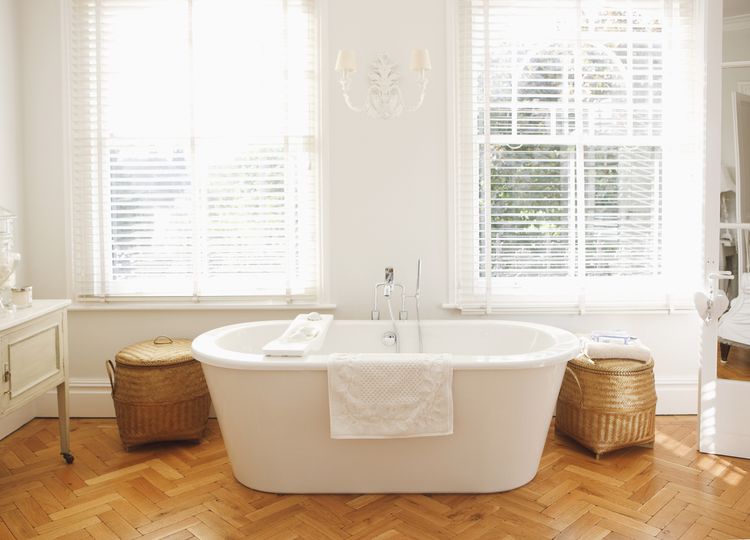
You may consider swapping out your bathtub if it appears old-fashioned or if you’re looking for a more modern option, like a jetted tub. From a practical perspective, it may be essential to replace the bathtub if the existing one is leaking, has cracks, shows signs of peeling paint, or has a significant mold and mildew issue.
The typical expense for replacing a bathtub is around $5,990, which encompasses both materials and labor. The costs for bathtub replacement generally begin at $1,565 and can go as high as $10,420.
Expenses Based on Materials
The material used for a bathtub significantly influences the expense associated with its replacement. Basic acrylic and fiberglass tubs can be found for as low as $300, while high-end options like cast iron and cultured marble can cost between $6,000 and $8,000.
Acrylic
The average price of acrylic bathtubs is approximately $5,360. These tubs showcase a wide price range, beginning at $330 for standard versions and going up to $10,390 for high-end jetted or walk-in designs.
Acrylic stands out as a highly favored synthetic material for bathtubs. Its lightweight nature, straightforward installation, and sleek, non-porous finish make it a breeze to maintain.
Steel
The typical price for a steel bathtub is around $1,825. These bathtubs can be found for as little as $230, with prices going up to an average maximum of $3,415.
Enameled steel bathtubs are quite heavy and can pose a challenge for those attempting a DIY installation. However, they are durable and can endure for many years, provided the enamel is properly maintained.
Wrought Iron
The average price of cast iron bathtubs is approximately $3,245, with the lowest prices beginning around $410 and the highest reaching up to $6,080.
Similar to steel bathtubs, cast iron bathtubs are quite heavy, but cast iron often necessitates extra support for the floor. Porcelain-coated cast iron retains heat effectively and is simple to maintain.
Fiberglass
The average price of fiberglass bathtubs is around $2,645, with some models available for as little as $290. On the higher end, premium fiberglass bathtubs can reach prices of up to $5,000.
Fiberglass bathtubs are easy to handle, come in a range of colors, and are suitable for do-it-yourself installation projects.
Cultured marble
The average price of cultured marble bathtubs is approximately $4,385, with the lowest price being around $1,435 and the highest reaching up to $7,335.
Cultured marble is an artificial bathtub material crafted from ground minerals mixed with resins, resulting in a stone-like appearance.
Durable Surface
The typical price for a solid surface bathtub is approximately $4,970. These bathtubs can be found for as little as $1,940, with prices reaching as high as $8,000.
Many consumers might recognize solid surface as a popular choice for countertops. Brands like Corian and Silestone exemplify this material. While solid surface resembles stone, it offers a smooth, silky texture. Bathtubs made from solid surface can be easily restored to a smooth finish if they become scratched.
Copper
The average price of copper bathtubs is approximately $4,775, with entry-level models beginning at $2,385 and premium options reaching as much as $7,165.
Copper bathtubs stand out as distinctive and unconventional pieces that grab attention. Additionally, they offer practical benefits, as they are resistant to bacteria, mold, and corrosion.
Price Based on Bathtub Category
The selection of bathtub significantly affects the expense of replacing it, ranging from budget-friendly standard tubs to high-end soaking and walk-in models that can surpass $10,000.
Multipurpose Tub
The price of a standard bathtub is $495, with a minimum price of $220 and a maximum price of $770.
A standard bathtub usually measures between 14 and 16 inches in depth and is approximately five feet in length. One common style is the alcove bathtub, which is designed to fit neatly between two walls. These bathtubs are often constructed from materials like acrylic or fiberglass.
Whirlpool Tub
The price of jetted or whirlpool bathtubs averages around $7,665. Entry-level jetted tubs begin at $2,085, while the most expensive models can go up to $13,250.
Commonly located in master bathrooms for indulgent soaking, jetted or whirlpool tubs feature jets that provide and circulate water, creating a spa-like ambiance.
Walk-in bathtub
The typical price for walk-in bathtubs is around $6,250. These tubs can be found starting at $1,930, with prices going up to $10,570.
Walk-in bathtubs provide enhanced space and ease of movement for individuals with mobility challenges. These tubs are particularly popular among older adults who appreciate the experience of soaking but struggle with the barrier of stepping over the tub’s edge.
Bathtub for Relaxing Soaks
The price of soaking bathtubs begins at $1,450 and can go up to $10,525, with an average cost of $5,990.
Soaking tubs are designed to be more spacious and deeper than standard bathtubs, providing ample room for an individual to relax fully or for a couple to share the experience.
Additional Expense Considerations
Addressing the existing bathtub, along with repairing the flooring or altering the plumbing, are some of the extra expenses that affect the total cost of replacing a bathtub.
Take out the old bathtub.
The average expense for removing an old bathtub is approximately $390, with prices ranging from a minimum of $125 to a maximum of around $650.
Taking out an old bathtub can be quite a challenging task, particularly with heavy steel or cast iron models, which may require cutting or breaking apart with a sledgehammer. Additionally, it’s often necessary to take off the doors, and door stops and casings may also need to be removed.
Get rid of the old bathtub.
The cost of removing an old bathtub begins at around $100. Although the maximum disposal fee can soar to $4,200, such instances are uncommon. Typically, the expense for responsibly disposing of materials falls within the hundreds, but municipal waste fees can differ significantly from one area to another.
Alter or Move Plumbing Fixtures
The average expense for altering or moving the plumbing during a bathtub replacement is approximately $1,165. Costs can begin as low as $400 and can go up to an average of $1,925.
The highest expenses are associated with relocating plumbing lines, as it requires access to walls and floors to be opened.
Get the Flooring Ready
The expense for getting the flooring ready for the new bathtub amounts to $550, ranging from a minimum of $300 to a maximum of $800.
Although the surface of the floor might be in decent shape and prepared for the installation of the new bathtub, the subfloor is frequently in poor condition and may require repair or replacement. Heavier tubs, such as those made of cast iron or walk-in models, usually necessitate additional floor support.
Expense by Workforce
Plumbers
The expense for hiring plumbers to install a new bathtub is $115 for each hour of work. Their hourly rates begin at $50 and can go as high as $180.
Engaging a plumber isn’t always required for a complete bathtub replacement. However, if you need to modify or redirect the plumbing lines, it will be essential to hire a plumber and obtain the necessary permit.
Total Labor
The total expense for labor involved in bathtub replacement amounts to $1,140, excluding materials. Labor costs begin at $275 and can go as high as $2,000.
For many homeowners, investing in labor for bathtub replacement is often a wise decision, as it ensures the installation is completed swiftly and effectively, while also minimizing the time the bathroom is out of service.
Expert Installation vs. Do-It-Yourself Bathtub Setup
It’s generally advisable to entrust bathtub replacement to skilled bathroom renovation professionals or plumbers.
Replacing a bathtub involves a diverse set of skills and various tasks, such as demolition, carpentry to fix joists or the subfloor, plumbing to modify or redirect supply and drain lines, tiling for the bathtub surrounds, and potentially electrical work for whirlpool or jetted tubs.
Skilled DIY enthusiasts can cut costs on labor for straightforward bathtub swaps. Bathtub kits featuring fiberglass or acrylic surrounds simplify the process for those tackling the project themselves. Additionally, direct-to-stud bathtub kits eliminate the need for backer boards.
Tip
Installing single-piece tub/shower units with built-in surround walls is typically a task best suited for professionals. Maneuvering these sizable units into compact bathrooms and fitting them into tight spaces can be quite challenging, even for those with considerable DIY experience.
6 Indicators That You Should Consider Replacing Your Bathtub
Bathtubs are long-lasting items that typically do not require frequent replacement. However, it might be worth contemplating a replacement instead of ongoing repairs if the tub encounters any of the following issues.
Significant Fissures
Bathtubs are typically created as solid, seamless units, which makes the occurrence of cracks quite uncommon. However, cracks may appear if the installation was done incorrectly or if a heavy item causes damage. Minor cracks can be repaired, but if they start to extend, it may be necessary to consider replacing the tub.
Significant Breaches
Leaks in bathtubs can occur due to cracks, but they are more commonly caused by improperly installed plumbing or by bathtub liners that have allowed water to seep in between the tub and the liner.
In cases of leaks from bathtub liners, it is necessary to take out and replace the entire tub. When it comes to leaks associated with plumbing, repairs can often be made to the plumbing itself. However, if water has infiltrated the subfloor or the adjacent walls, the tub must be removed to address the damage properly.
Flaking Paint
Bathtubs undergo a refinishing process where a durable epoxy layer is applied over the current surface of the tub. As this epoxy is a form of paint, it will, over time, behave like paint does and start to peel.
Inadequately refinished DIY bathtub surfaces are particularly susceptible to deterioration, as they necessitate thorough preparation, and the application should involve spraying multiple layers rather than using a roller.
Tough Stains
Stubborn stains that are deeply ingrained in the bathtub’s surface might necessitate the use of strong cleaning products that could potentially damage the tub. While hydrogen peroxide is effective in removing various bathtub stains, those caused by chemical substances might lead to irreversible damage to the tub’s surface.
Profound Scratches
Scratches on acrylic, solid surface, and fiberglass bathtubs can be polished or sanded away. However, if the scratches are excessively deep, sanding them may compromise the thickness of the tub’s surface.
Interior Mold or Mildew
Eliminating mold from the surface, deck, caulking, or surrounding area of a bathtub is a straightforward task. However, if mold and mildew have penetrated beneath the tub or into its internal spaces, it will be necessary to take out the bathtub and either clean it thoroughly or install a new one.
Is replacing a bathtub a worthwhile investment?
Replacing a bathtub is often a good decision during a complete bathroom renovation or when the tub is facing significant issues such as substantial cracks, leaks, flaking paint, deep stains or scratches, or the presence of mold or mildew.
How frequently should a bathtub be replaced?
Bathtubs do not come with predetermined replacement timelines. Steel and cast-iron models can endure for up to fifty years. Additionally, modern materials like acrylic, fiberglass, and solid surface bathtubs can also provide decades of service when properly cared for.
Is it more cost-effective to refinish or to replace a bathtub?
Refinishing or resurfacing a bathtub is a more economical option compared to replacing it entirely. The typical cost for bathtub refinishing is around $550. In contrast, the lowest price for replacing a bathtub starts at $1,565, which is more than three times the cost of refinishing.

